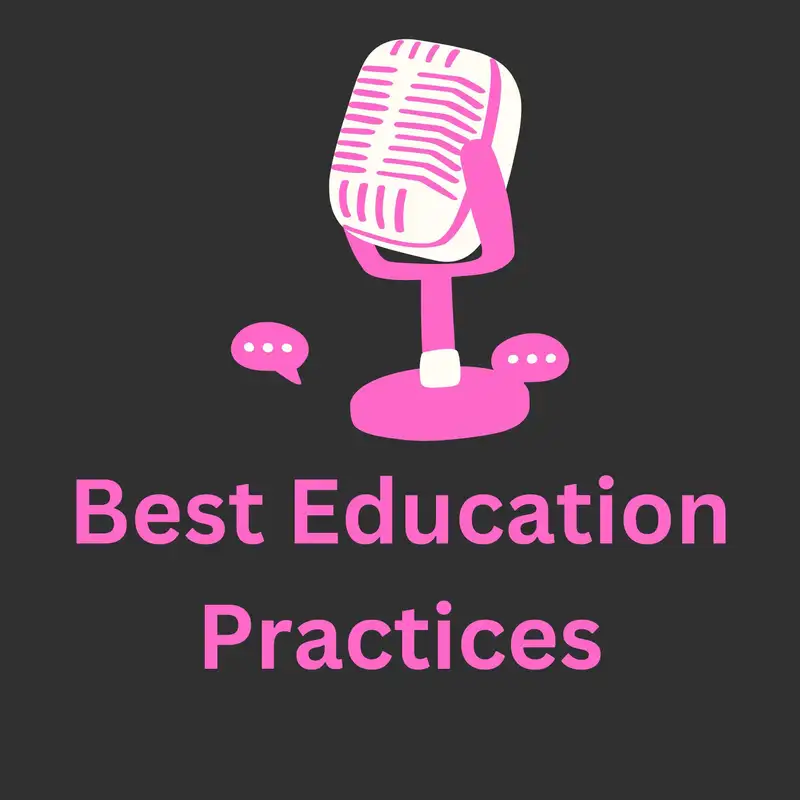What is a Best Education Practice?
What is a Best Education Practice?
David R. Arendale, Associate Professor Emeriti, University of Minnesota and
EOA Best Practices Clearinghouse Manager
“Best education practices” is one of the most important, misunderstood, and misused concepts in education. I have been working with others for nearly two decades regarding the identification, validation, and dissemination of these practices.
It seems everyone is talking about best practices today. The business world has talked about them for decades. From the business perspective, a commonly accepted definition for best business practice is what the businesses in the top five percent of their industry (generally defined by profitability) are doing throughout their company. Commonly, there is no discernment which individual practices within the collection of everything the company does that makes the difference. Classic books on this subject include "The Search for Excellence" and a "Passion for Excellence."
Before implementing a best education practice, agreement is needed how to define them. In education, the phrase best education practice is used for a wide variety of activities and approaches that may or may not have been rigorously evaluated. Due to frequent use, the term is practically meaningless. In July 2019, a Google search for this phrase identified 1,230,000,000 web pages. Adding the word definition to the previous search phrase helped slightly; Google identified 713 million web pages.
Best Education Practices. I define Best Education Practices as the wide range of individual activities, policies, and programmatic approaches to achieve positive changes in student attitudes or academic behaviors. This umbrella term encompasses the following categories that differ on level of evidence supporting desired student or institutional outcomes: promising, validated, and exemplary.
A. Promising education practice: Contains detailed information describing the practice and how to implement it. Data collection is in process, but has not yet completed rigorous evaluation.
B. Validated education practice: A promising education practice that has undergone rigorous evaluation documenting positive student outcomes in one education setting. The evaluation design could be experimental or quasi-experimental quantitative, qualitative, or mixed design. A similar term used to describe this type of practice is evidence-based education practice.
C. Exemplary education practice: A validated education practice successfully replicated at multiple education settings with similar positive student outcomes. A similar term used to describe this type of practice by federal Department of Education is scale-up since the practice has high potential for successful implementation at other education sites.
Whether at the promising, validated, or exemplary level, description of practices contain specific information to implement it: (a) detailed description; (b) critical elements for implementation; (c) essential resources, both personnel and budgeted; and (d) process used to gather impact data for rigorous evaluation of the practice.
Some might say, why not skip the promising practices until they prove themselves? My response is to let educators decide which practices to investigate. Promising education practices can be modified, improved, and implemented by others. Besides, every validated and exemplary practice was at the promising level initially. Why wait when others can experiment with them now?
Difference between a best education activity and a best education program
Within these three levels of practices above, there are different levels of complexity. Some practices are small, discrete activities or policy decisions. Other practices are programmatic approaches that include a carefully selected bundle of activities or policy decisions. The following definitions differentiate these levels.
A. Best education practice activities: These activities are behaviors or policies by faculty, staff, and administrators that result in positive changes in student attitudes or academic behaviors. Examples include mandatory assessment of students for proper advisement and placement of students in their classes, training student tutors before they begin their work, active learning activities within the classroom, and classroom assessment techniques to provide nongraded feedback resulting in changed student learning behaviors.
B. Best education practice programs: These programs are composed of a carefully coordinated collection of individual best practice activities. Examples of exemplary education practice programs from the area of academic support include Supplemental Instruction, Peer-led Team Learning, Emerging Scholars Program, and Structured Learning Assistance. For example, the Supplemental Instruction program is composed of many validated best education practice activities such as active learning, classroom assessment techniques, cooperative learning activities, and Universal Instructional Design, just to name a few.
Best Administrative Practices. These practices are defined as the wide range of individual activities, policies, and procedures to achieve positive results that benefit a student, program, or an organization. The practices should contain specific information to implement it: (a) detailed description; (b) innovation of the practice; (c) critical elements for implementation; (d) relevant research; (e) essential resources, both personnel and budgeted; and (f) claims of effectiveness.
What difference does it make?
Careful word use creates higher credibility for the claims made by the education practices. Confidence is higher that the practice will work. Another benefit is clear communication with policymakers, legislators, the media, and the public.
Educational Opportunity Association Best Practices Clearinghouse
http://besteducationpractices.org edpractices@eoa.org (612) 812-0032
The EOA Best Practices Clearinghouse identifies, validates, and disseminates practical activities and approaches to improve success of students who are low-income, first-generation, and historically underrepresented in education.
Cite this publication as: Arendale, D. R. (2010). What is a best education practice? Unpublished manuscript. Department of Curriculum and Instruction, University of Minnesota, Minneapolis, MN. Available from https://www.arendale.org/best-education-practices
